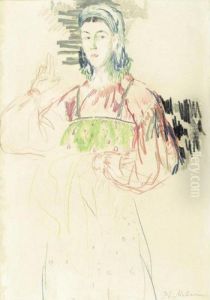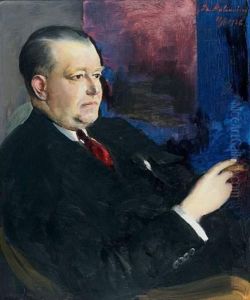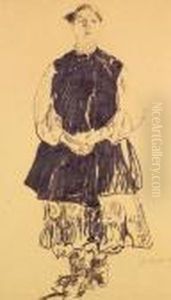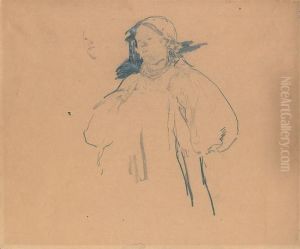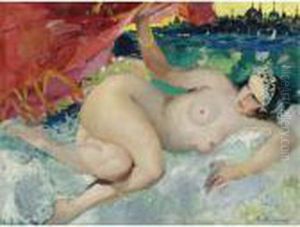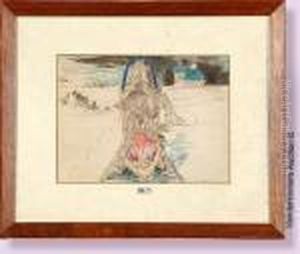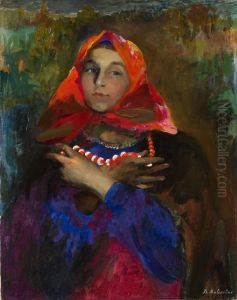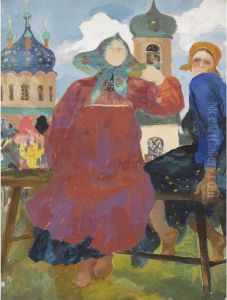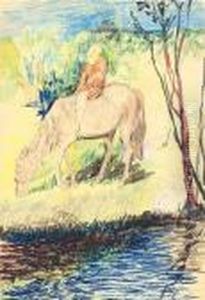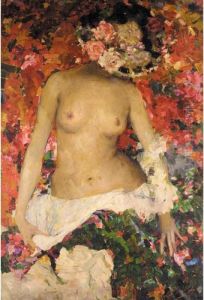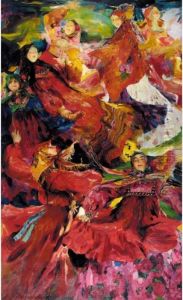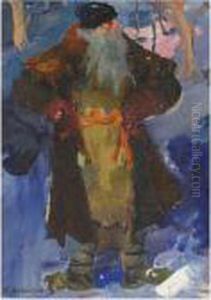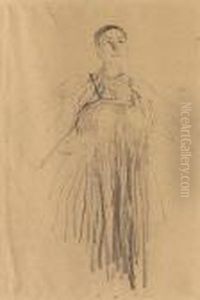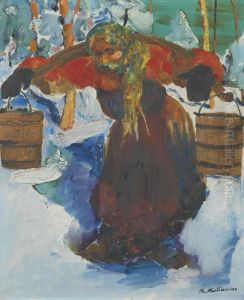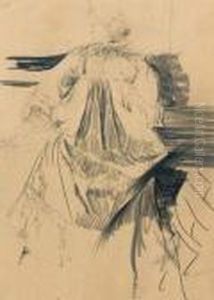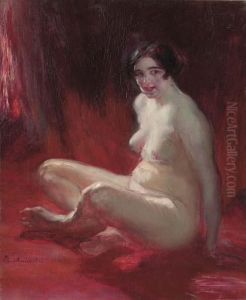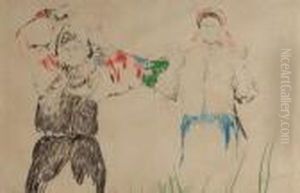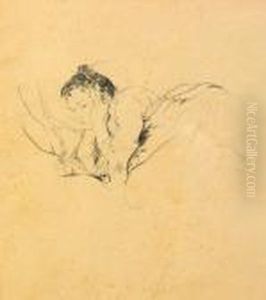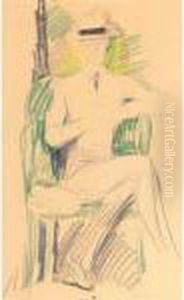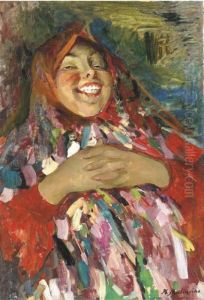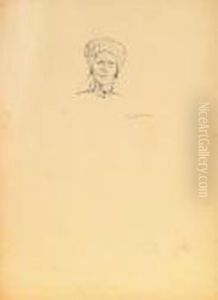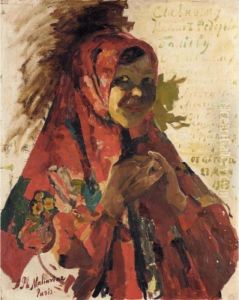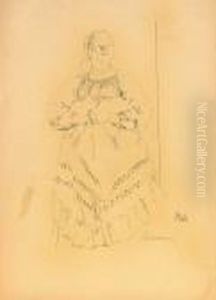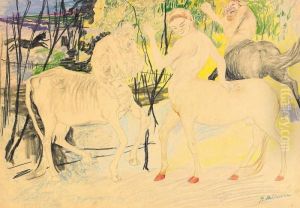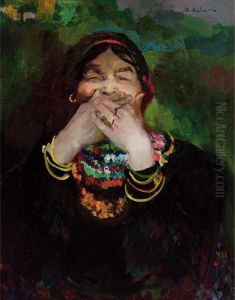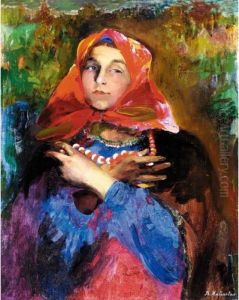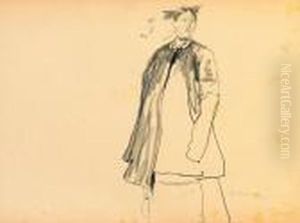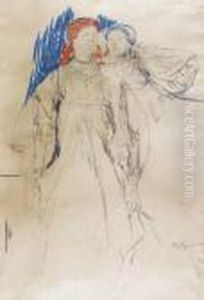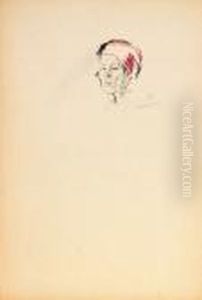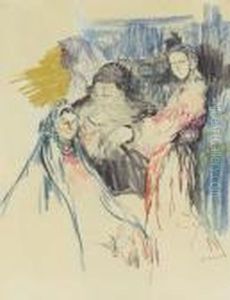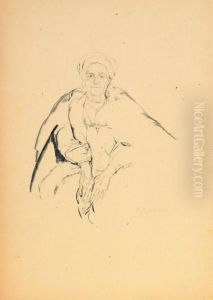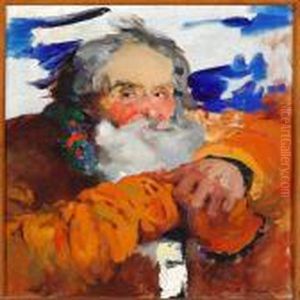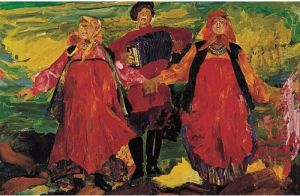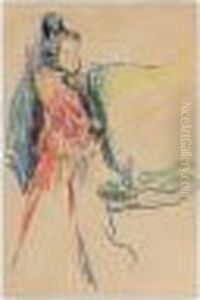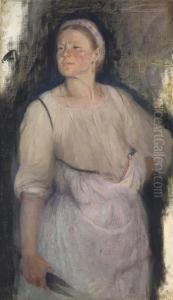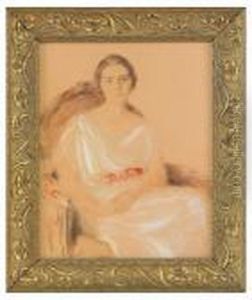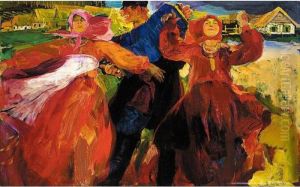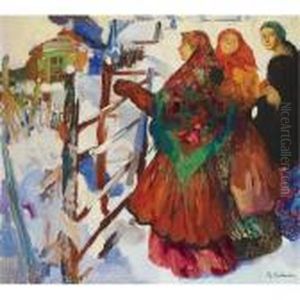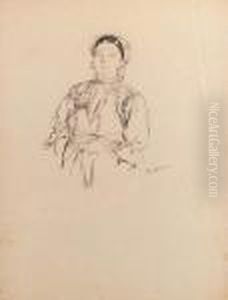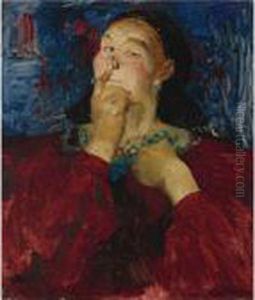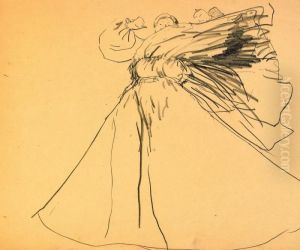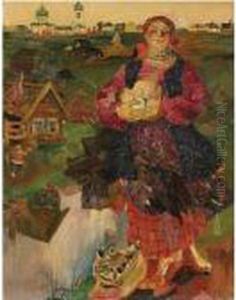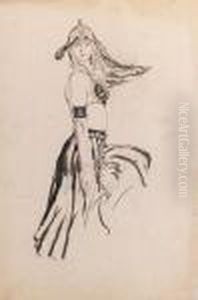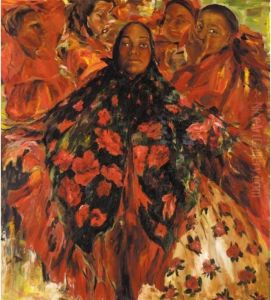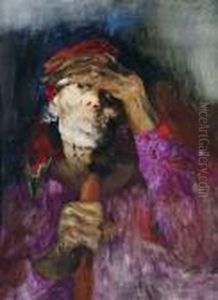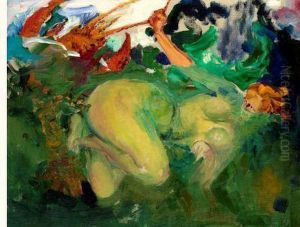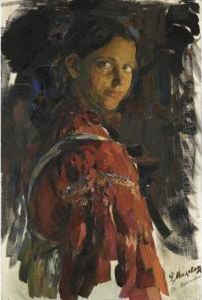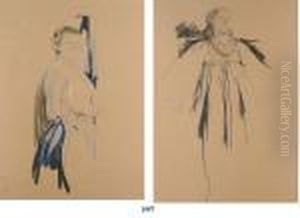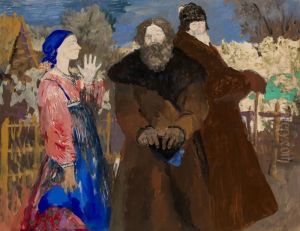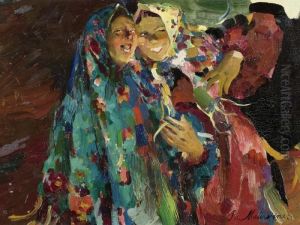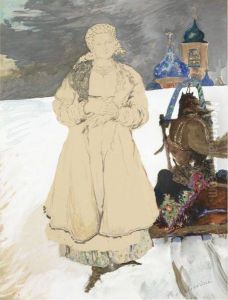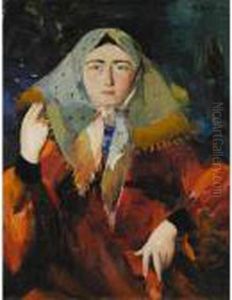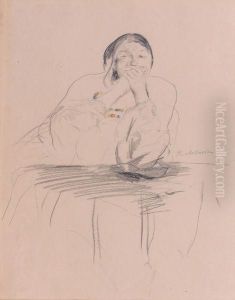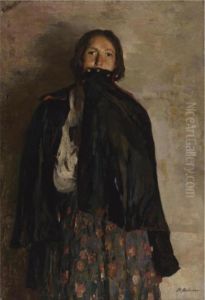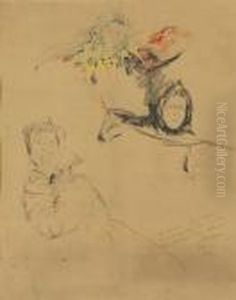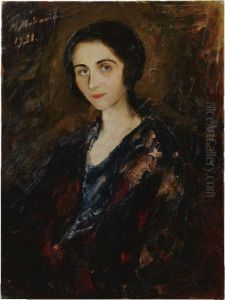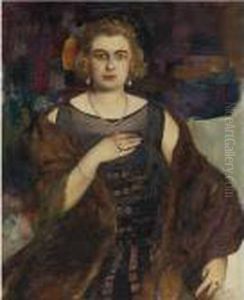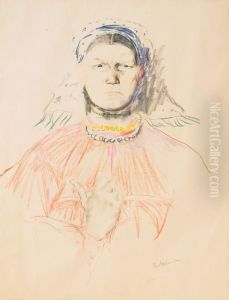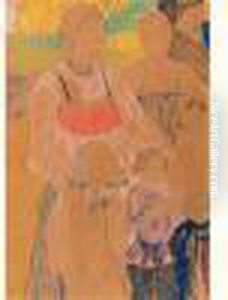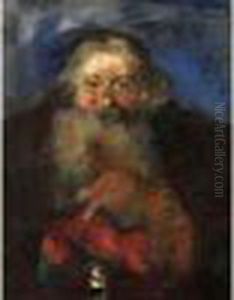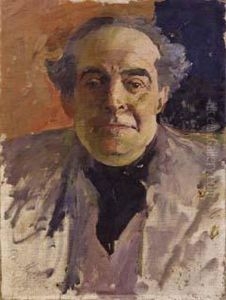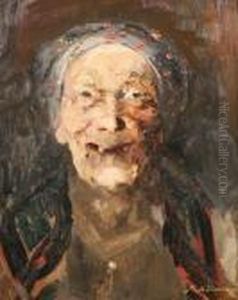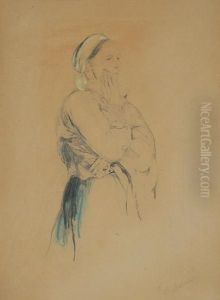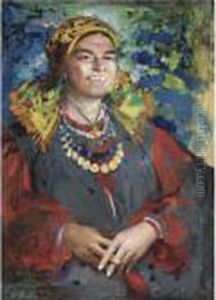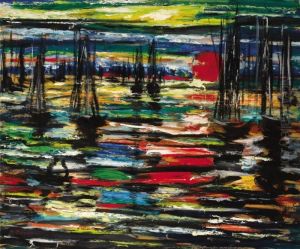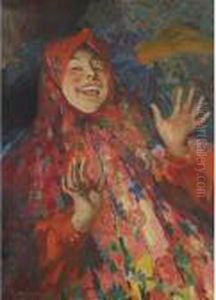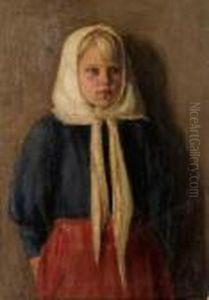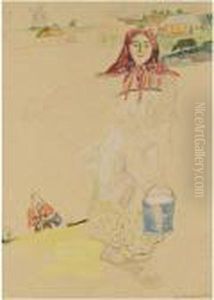Philippe Andreevitch Maliavine Paintings
Philippe Andreevitch Maliavine was a distinguished Russian painter and graphic artist, born on October 6, 1869, in Kazanki, a small village in the Samara region of the Russian Empire. Maliavine was known for his vibrant use of color and dynamic portrayal of peasant life, contributing significantly to the Russian and French art scenes of his time. Initially starting his life in humble beginnings, Maliavine's artistic talents were first nurtured in the local village church, where he assisted in painting icons and murals. His undeniable talent soon led him to the Imperial Academy of Arts in Saint Petersburg, where he studied under the tutelage of the renowned Russian artist Ilya Repin. Repin's influence was pivotal in Maliavine's development, encouraging his natural inclination towards bold colors and expressive brushwork.
During his time at the Academy, Maliavine began to develop his signature style, characterized by a focus on the everyday lives of Russian peasants, portrayed with an almost palpable emotional depth and vitality. His work, 'Laughter' (1900), depicting a group of brightly dressed peasant women, is a testament to his unique approach to capturing the spirit of Russian rural life. This painting brought him critical acclaim and established his reputation in the Russian art world.
Maliavine's success continued to grow, and he soon found himself a part of the vibrant Parisian art scene, where he exhibited alongside other Russian artists in the early 20th century. Despite his immersion in the Western European art world, Maliavine remained deeply connected to his Russian roots, which continued to inspire and influence his work.
The Russian Revolution of 1917 marked a turning point in Maliavine's life and career. The new Soviet regime's cultural policies were at odds with his artistic vision, leading to a period of hardship and eventual emigration from Russia in 1922. Maliavine settled in France, where he continued to work and exhibit his paintings, though he never achieved the same level of success as he had in Russia. Philippe Andreevitch Maliavine died on March 23, 1940, in Nice, France. Despite the political and social upheavals that marked his career, Maliavine's legacy as a painter who captured the essence of Russian peasant life with unparalleled vibrancy and emotion remains undiminished.
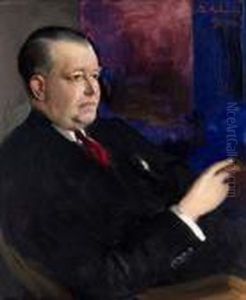
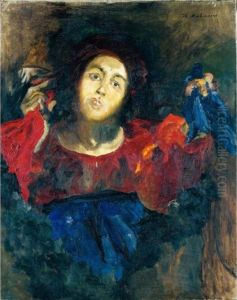
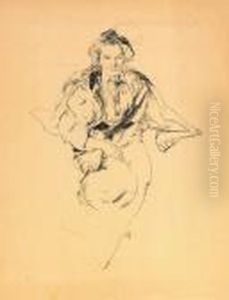
![Portrait Of Leon Davidovich Trotsky [bronstein]](https://www.niceartgallery.com/imgs/3190202/s/philippe-andreevitch-maliavine-portrait-of-leon-davidovich-trotsky-bronstein-a5c03f50.jpg)
